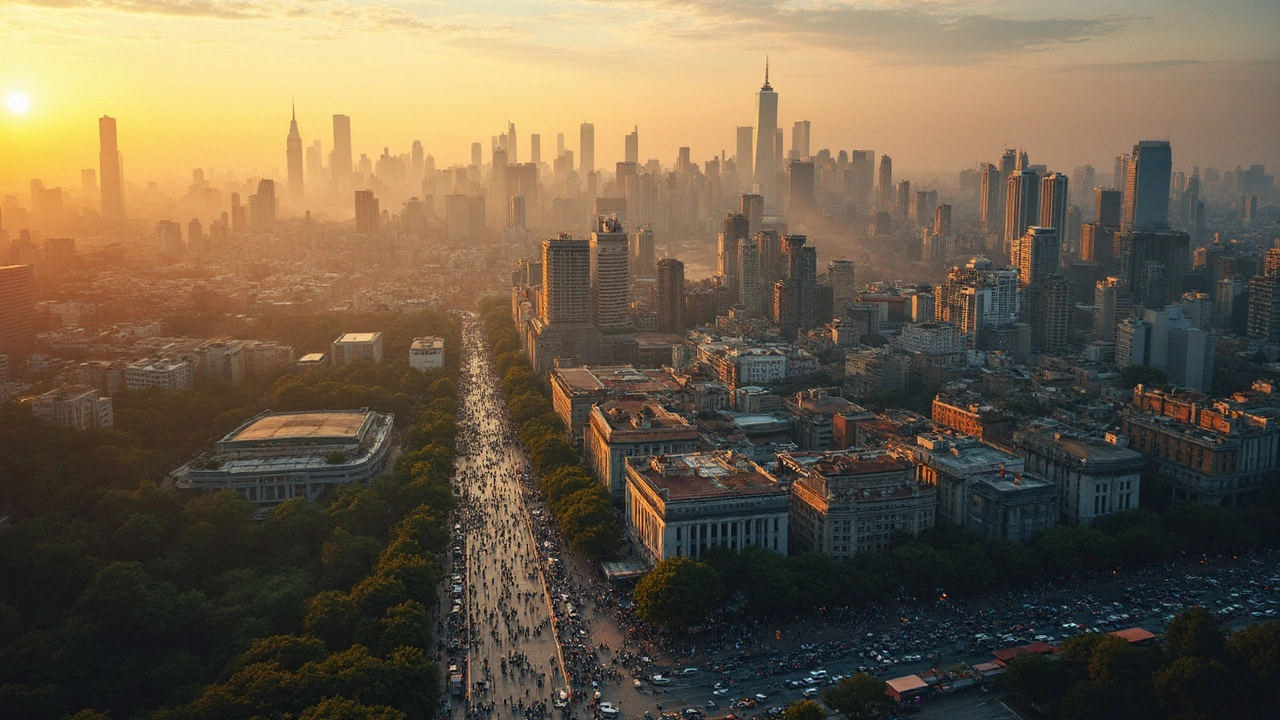Population in London: Latest Trends and What They Mean
London’s population is always moving, and the numbers tell a story about the city’s vibe, its challenges, and its opportunities. Whether you’re a commuter, a landlord, or just curious, knowing how many people live here and where they’re coming from helps you make sense of everyday life.
Why Population Matters
First off, population size directly affects housing demand. More people mean tighter rents, longer waiting lists for council homes, and a push for new developments. It also shapes transport plans – more riders on the Tube, buses, and bikes mean the city needs better routes and more frequent services.
Employment is another piece of the puzzle. A growing workforce can attract businesses, but it also raises competition for jobs. Understanding which age groups are expanding – like the 25‑34 bracket that’s booming in tech and creative sectors – lets firms target talent and job‑seekers gauge their prospects.
Beyond economics, population data reveals cultural shifts. London’s diversity is reflected in the mix of languages spoken, cuisines on offer, and festivals celebrated. That richness draws tourists and fuels the city’s global reputation.
Current Numbers and Future Projections
As of the latest estimates, London houses around 9.5 million residents. That’s up by roughly 1 million people over the past decade, driven largely by international migration and natural growth. The proportion of residents aged 65 and over is climbing, reaching about 14 percent, which signals rising demand for healthcare and senior services.
Meanwhile, the 20‑34 age group remains the most mobile, pulling in newcomers from other UK regions and abroad. They’re drawn by universities, job markets, and the city’s cultural pull. This influx fuels the rental market and keeps demand for co‑living spaces high.
Looking ahead, the Office for National Statistics projects London will top 10 million by 2035 if current trends hold. That extra million will need more schools, parks, and public transport capacity. City planners are already sketching out new rail lines and housing zones to keep up.
Population density isn’t uniform either. Inner boroughs like Camden and Islington pack more people per square kilometre than outer areas such as Richmond. This explains why transport upgrades often focus on central routes, while outer boroughs see more road‑building projects.
Economic indicators tie closely to these shifts. Areas with higher population growth tend to see faster wage rises, but also sharper price hikes for everyday goods. That’s why living‑wage discussions in London repeatedly surface in news stories – the numbers demand attention.
If you’re a business owner, the takeaway is simple: watch the neighbourhoods where the population is spiking. Those spots will likely need new shops, services, and infrastructure, presenting fresh opportunities.
For residents, keeping an eye on population trends can help you anticipate changes in rent, school availability, and transport options. It also gives you a sense of how the community around you is evolving.
In short, the pulse of London’s population shapes everything from housing to job markets, from transport to cultural life. Staying informed means you’re better equipped to navigate the city’s fast‑moving landscape.

Largest City in the World by Population
Looking at the largest city in the world by population opens a window into understanding how urban centers grow and thrive. This article explores which city holds the top spot by sheer number of inhabitants. It shares fascinating insights into the lifestyle of these sprawling metropolises. Ideal for readers looking to compare city life globally with the growth of their local areas.
READ MORE